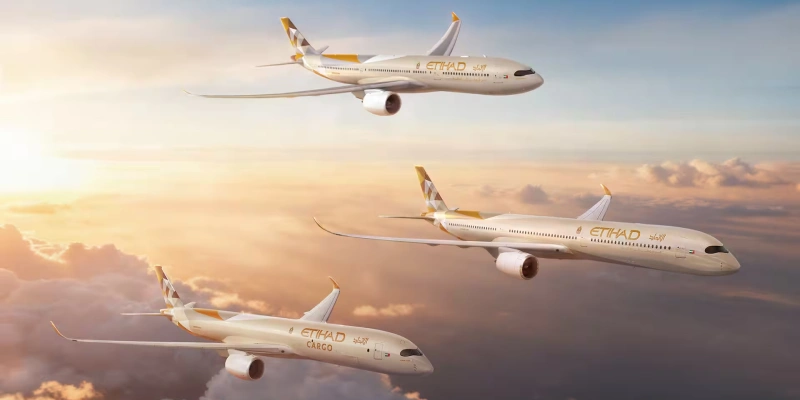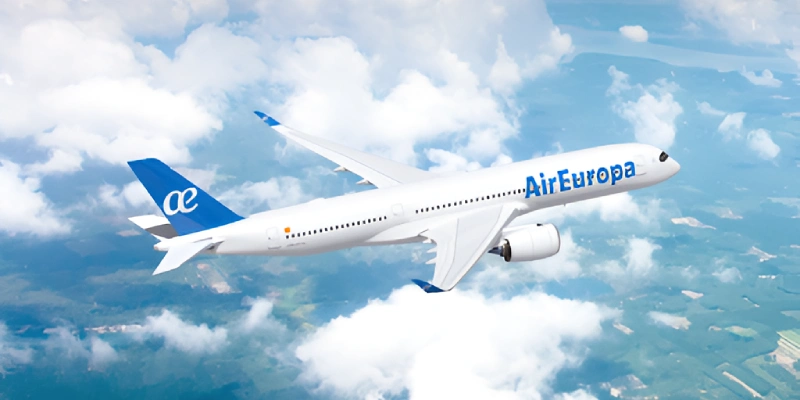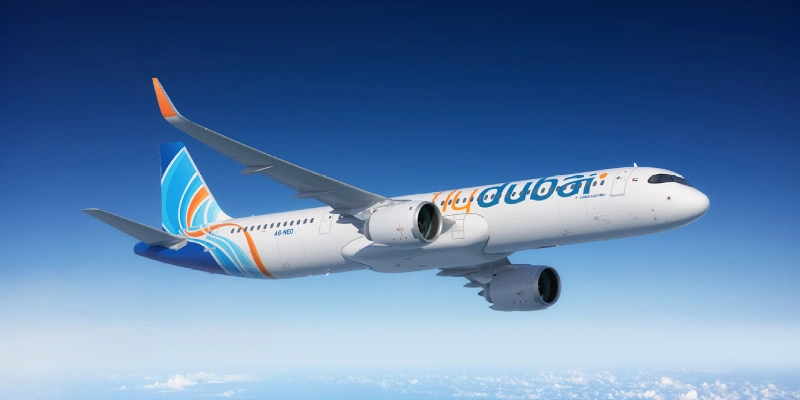The Boeing 777X, considered the successor to the legendary 747 and the company’s major bet in the long-haul segment, will not enter commercial service until early 2027. Sources close to the program indicated this to Bloomberg, representing a further delay from the initial schedule set for 2020 and dealing a severe blow to Boeing’s strategy against Airbus.
Customers on Alert and Airlines Exercise Caution
Lufthansa, the launch customer for the model, no longer includes the 777X in its fleet plans until 2027. Emirates, the largest buyer of this aircraft, has also adopted a more cautious stance given the possibility of further delivery postponements. Other airlines awaiting the aircraft include Cathay Pacific and Qatar Airways.
Multimillion-Dollar Financial Impact
The delay will incur a significant accounting charge for Boeing. Analysts estimate the provision could be between $2.5 and $4 billion, although the company has not yet confirmed the figure. The economic hit stems from revenue that will not be realized from the delivery of approximately 18 aircraft planned for next year, in addition to customer concessions and other associated expenses.
Since 2020, the 777X program has accumulated over $11 billion in excess costs. Under Boeing’s accounting system, the project is already in a “forward loss” position, meaning it will not recoup its development costs within the first 500 units. Any additional spending must be immediately recorded as a charge against earnings.
→ FAA to Allow Boeing to Issue Airworthiness Certificates for Some 737 MAX and 787 Again
Certification, Major Hurdle
Boeing CEO Kelly Ortberg acknowledged during an investor conference that certification is progressing more slowly than expected. He emphasized that there are no new technical issues with the aircraft or its engines but described the situation as a “mountain of work” remaining. Furthermore, oversight by the Federal Aviation Administration (FAA) has intensified following the 737 Max accidents last decade, adding pressure to the timeline.
Expectations and Next Steps
Analysts agree that a charge for this delay is inevitable, although they differ on its magnitude: Sheila Kahyaoglu from Jefferies estimates up to $4 billion, while Ken Herbert from RBC Capital Markets anticipates a figure closer to $2.5 billion and places the model’s entry into service in the second half of 2027.
Boeing will report its earnings on October 29, where it is expected to detail the scope of the financial impact.
The new Chief Financial Officer, Jay Malave, who assumed the role in August, is already analyzing the program’s implications, and according to analysts, his arrival offers an opportunity to “redefine expectations” within the company.
Related Topics
Etihad and Ethiopian Airlines Expand Their Fleets with New Airbus Aircraft Orders
Air Europa Bets on Airbus A350: Signs MoU for Up to 40 Jets
flydubai Signs MoU with Airbus for Purchase of 150 A321neo Jets
Airbus Says it’s Studying Potential Larger Version of A350

Plataforma Informativa de Aviación Comercial con 13 años de trayectoria.




